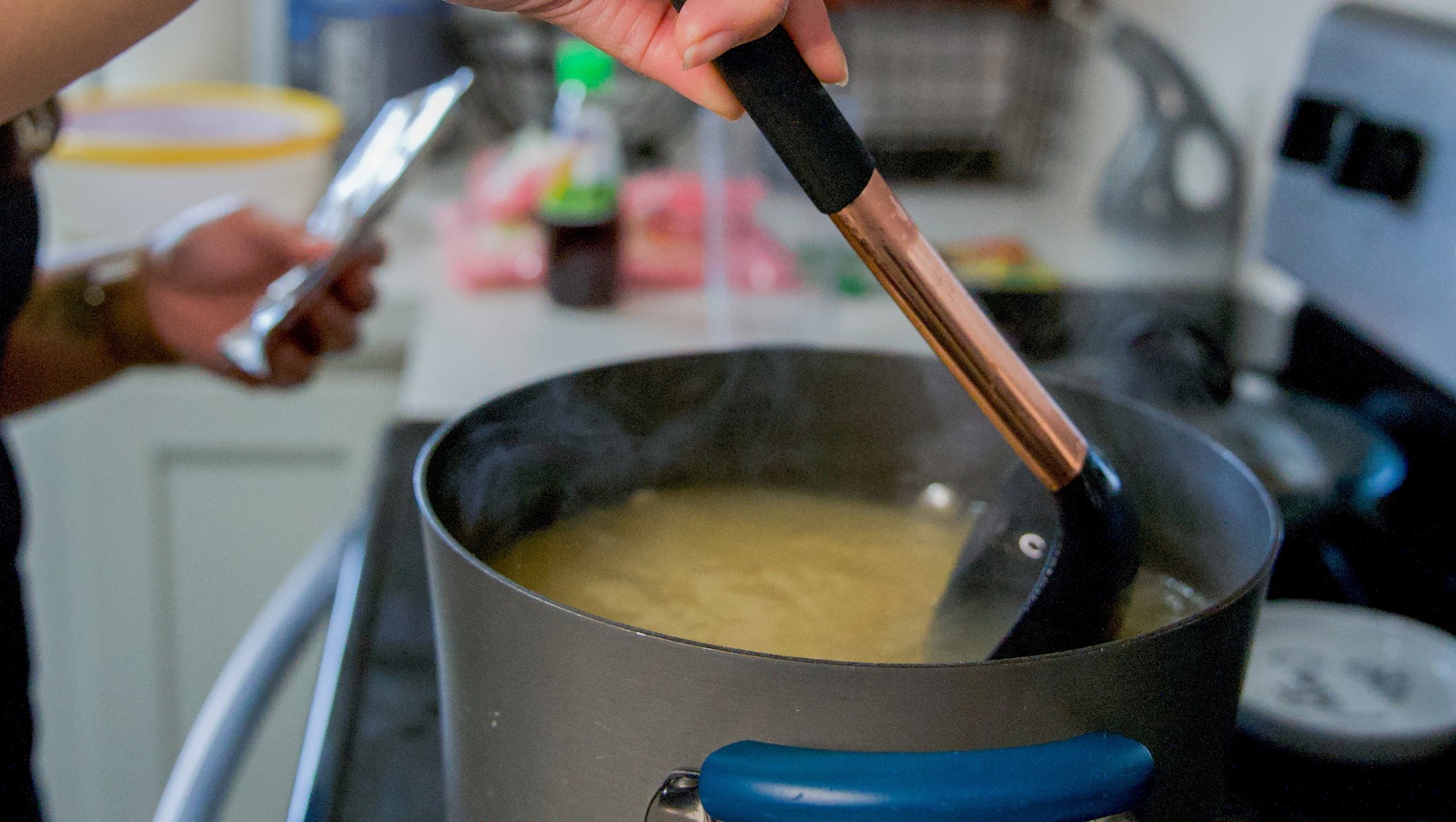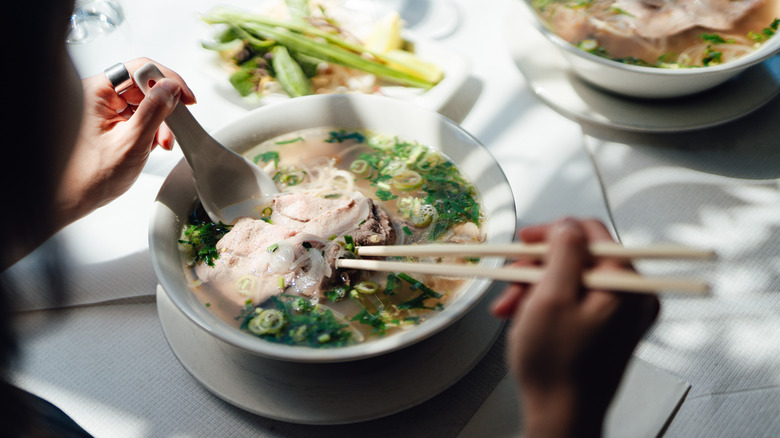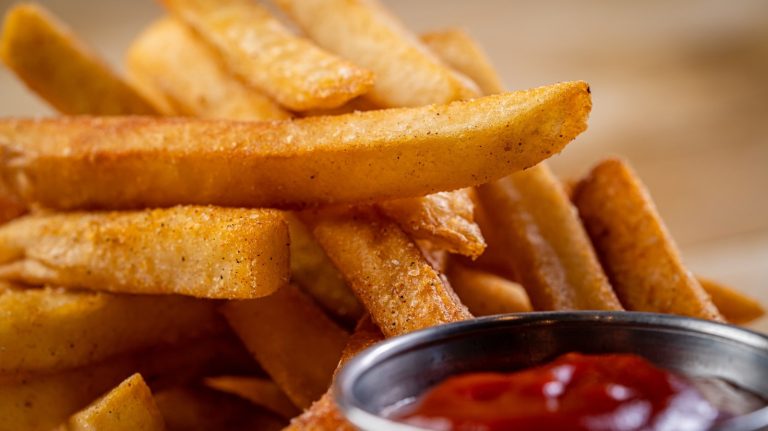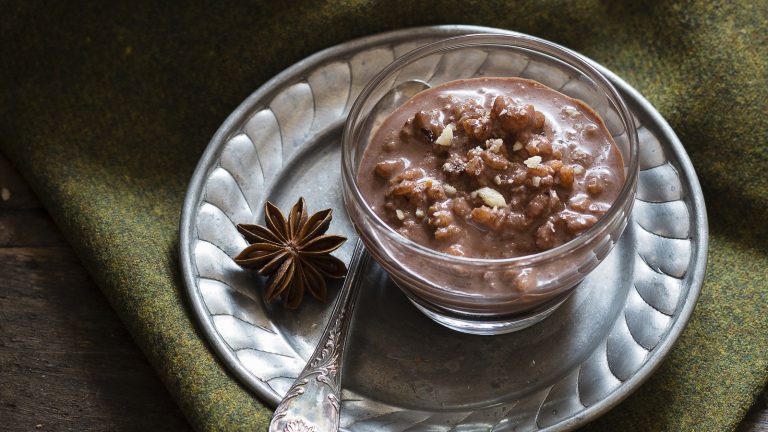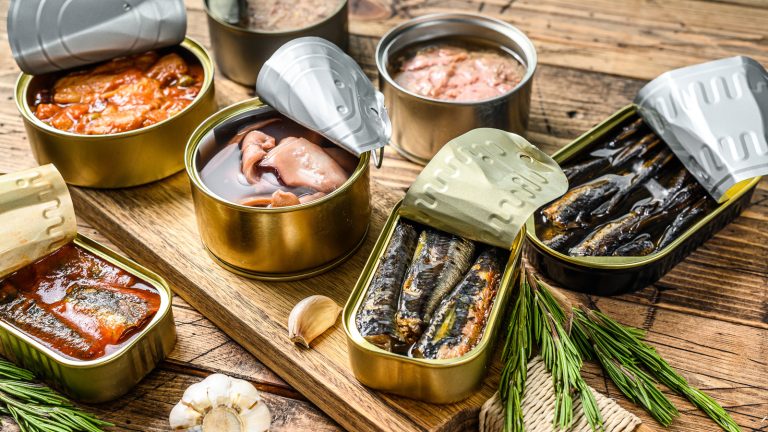A steaming bowl of pho truly is a balm for the soul. Multitudinous in its variations, cozy in its vaguely autumnal spice blend, and hearty without being overly heavy, pho has a little something for everyone. Cooking the perfect broth is a labor of love and patience, though, so let’s look at one of the biggest questions when it comes to making it at home: whether or not to boil the broth.
While certain steps in the early stages of the process will require boiling, once you’ve got your broth ready to go and are settling in for hours of cooking, that should be the end of any thoughts of boiling. The key to a good pho broth is its clarity – this is one of the main differentiators between pho and other Asian soups such as ramen – and the key to that clarity is to cook the broth at a low simmer for an extended period.
Letting the broth come to a boil causes proteins and other impurities escaping the bones to infuse into the liquid. This can result in a cloudy, dirty broth –– a cardinal sin when it comes to pho. It’s also important not to stir too often once your broth has begun to cook, as that will cause more movement in the pot that can also cloud the liquid.
When to bring liquid to a boil
So, when exactly does the boiling come into play? At its heart, pho broth is an elevated bone broth, so the first step is to parboil the meat and bones. Parboiling, or partially boiling, is a common technique that home cooks might recognize from their efforts to make the crispiest possible potatoes.
First rinse the meat and bones to remove any unwanted particles, then bring water to a boil with salt and vinegar. Add the bones and beef, boiling them for five minutes until they shed everything that might dirty the broth. Discard the liquid, as new, clean water will be needed to make the broth itself. The second and final time you should let anything boil comes after you’ve charred your ginger and onions (when you’re ready to start the broth). Bring water to a boil, then add the meat, bones, charred aromatics, fish sauce, and sugar. Lower the heat to a gentle simmer, and settle in for the long haul. Remove your boneless meat after about an hour and a half, then store it in the fridge until it’s time to serve, but let the broth continue to cook.
While the broth cooks, you can also decide which toppings you want. While tasting the freshly-served broth by itself is the first step in eating pho like a pro, garnishes like bean sprouts, Thai basil, jalapeño, or quây, a Vietnamese form of fried dough, are perfect accompaniments to your perfectly clear, flavorful broth.


